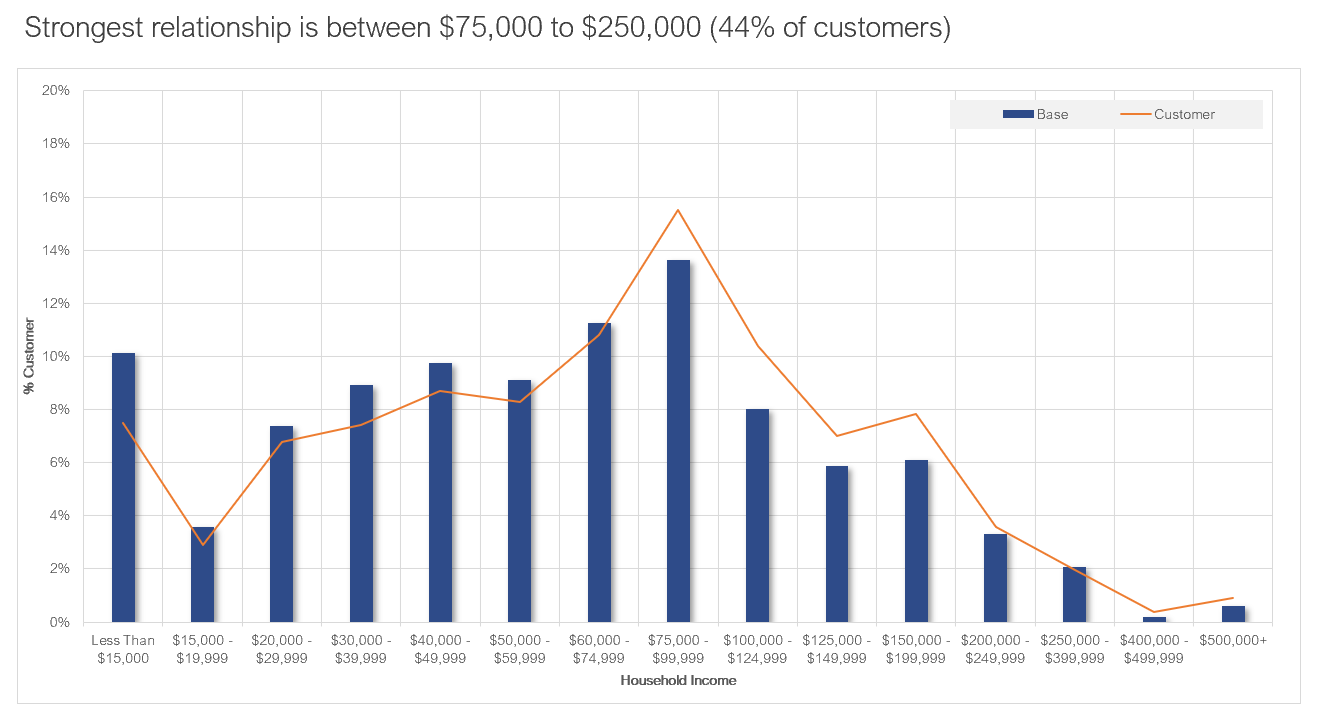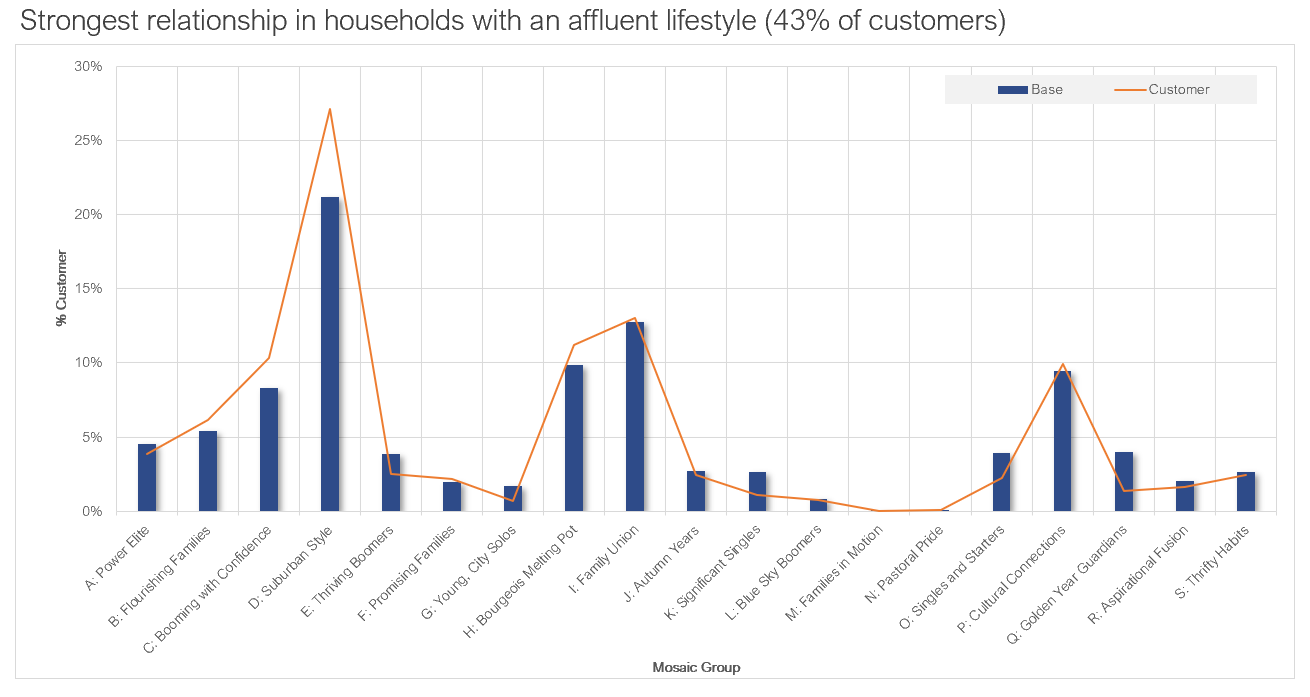Using geospatial data to amplify the power of event-triggered marketing
Event-triggered marketing is a powerful weapon in the marketer’s arsenal. Most uses of event-triggered marketing focus on outreach to a consumer based on behavior at a certain point in time: a first time visit to a website; downloading and registering an app; abandonment of a shopping cart; or a presumed need in advance of an upcoming holiday, to name just a few. These tactics are powerful since the marketer’s message can arrive at or near the time when a consumer’s behavior indicates the need for the brand’s product or service.
However powerful this tactic may be as it is most generally used, it has several limitations:
- It requires that the brand can individually identify the target customer, and is able to contact him or her directly
- The one-to-one execution overlooks insights that can be derived from the analysis of individual events in aggregate
- It fails to fully capture the power of the “place” where the event occurred
Kalibrate’s geospatial orientation to marketing analysis and campaign execution overcomes these limitations to expand the range of what’s possible in event-triggered marketing. We think of trigger events as a combination of behavior taking place at a certain point in time—but also at a certain geographic place—and we leverage these events for strategic analysis and to drive revenues.
Below are three examples of event-triggered marketing with a geospatial enhancement.
1. Event-based customer profiling
This event driven technique uses Massive Mobile Data (MMD) and is based upon observing thousands of individuals as they visit a place. Following a set of strict privacy guidelines, Kalibrate follows the GPS pings from individual devices which visit a specific set of geofences (such as a brand’s locations or those of their competition) to their home address. We then evaluate and anonymously aggregate the household level characteristics of those visitors to construct a statistically robust demographic, financial, and psychographic customer profile, providing insights such as “In what annual income range are my brand’s customers over-penetrated?, or “What psychographic segments does my brand attract?”
In this example, Kalibrate use of event-based profiling demonstrated to the client that theirs was largely an affluent customer base, enabling them to focus promotional efforts on households with similar levels of affluence.
- Penetration rates for the 41% of customer households with annual incomes ranging from $75,000- 250,000 compared to random households in the brand’s trade areas indexed between 114 and 130, while those with incomes less than $75,000 indexed between 74 and 96
- A psychographic lifestyle analysis confirmed this finding, and also demonstrated that the brand’s value proposition resonated more strongly in households with children present


Application of these and other insights resulted in improved marketing effectiveness for the client compared to their previous strategy of zip code-based saturation targeting—which treated every household regardless of affluence or family size as equally likely to respond to the brand’s message.
Event-based profiling can be used in a variety of strategic marketing applications, including focusing prospect marketing efforts in households within the same critical income ranges or lifestyle groups through predictive customer acquisition models. This event-based approach to profiling can also be used to monitor changes in customer profiles over time, including identifying post-COVID profile shifts.
2. Event-based behavioral analysis
This mobile device data can also be leveraged to understand how different groups of consumers “cross-shop” a brand and its competitors, unlocking insights that will help optimize targeting and messaging.
As an analytical exercise, Kalibrate evaluated the visitors to a regional home goods brand and its direct competitors in the same markets. We found that there were significant differences in the cross-shopping behavior of unique psychographic segments:
- Consumers in the segment “Significant Singles” are twice as likely to only shop the study brand, and half as likely to also shop a competitor. The flat index indicates that this is an opportunity segment given their brand loyal behaviors
- In contrast, “Flourishing Families” are over-represented relative to their presence in the trade area, indexing at 151. However, their behavior indicates their level of brand loyalty is low, since they shop competitors at a much higher rate

This type of behavioral event-based analysis exposes strengths and weaknesses of the brand that would otherwise be missed, and because it’s based on household level lifestyle segments, it enables direct targeting of households that fall into each segment.
3. Event-based campaign geo-targeting
A cutting-edge example of this event-based technique is directly messaging individuals who are observed at a particular location. With Kalibrate’s digital ad capabilities, we routinely create geofences around a brand’s locations, their competitor’s locations, or any other place where that individual’s presence might suggest his/her positive reaction to outreach. A few recent successes are highlighted below:
- For a regional services operator: Kalibrate’s geo-targeting of visitors to relevant locations helped drive a click-through-rate (CTR) substantially over the industry average
- For a specialty direct-to-consumer business: geo-targeting visitors to a convention hall where enthusiasts had gathered for an industry show, combined with keyword search and site retargeting, yielded a measurable increase in booth sales compared to prior years, a CTR in excess of the industry average, and increased on-line orders following the campaign period
Follow Kalibrate on LinkedIn and contact us to learn more about how our predictive analytics and geospatial solutions can help power your business.
Read more articles about:
Location-based marketing contentSubscribe and get the latest updates
You may unsubscribe from our mailing list at any time. To understand how and why we process your data, please see our Privacy & Cookies Policy
Related resources
Location intelligence
Forman Mills accelerates growth with the Kalibrate Location Intelligence platform
The value apparel and home goods retailer selects Kalibrate to to support its national expansion strategy.

Location intelligence
The Kalibrate news round-up: November 2025
In this monthly feature, we look across the industry and mainstream news to uncover stories of note that we think are...



